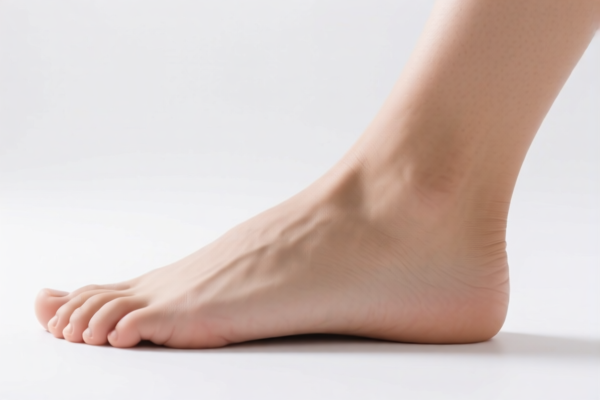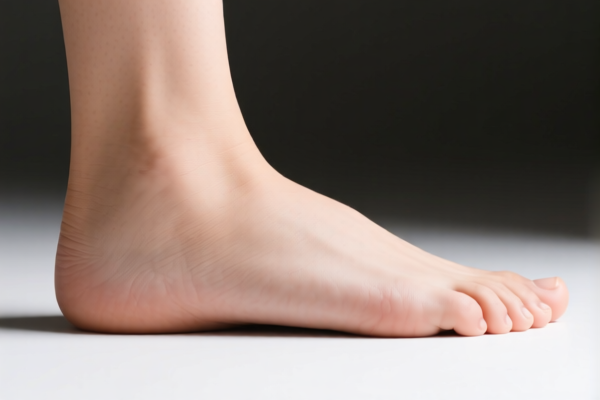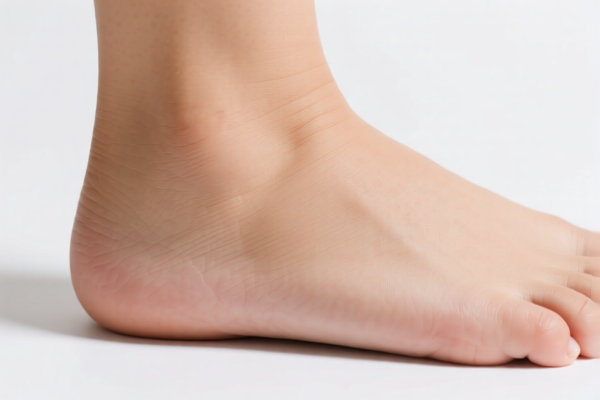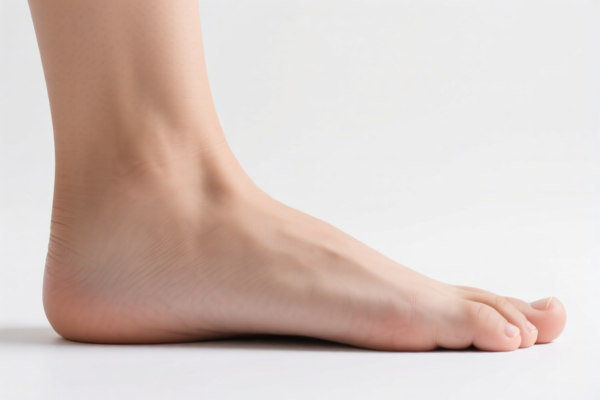| HS Code | Official Doc | Tariff Rate | Origin | Destination | Effective Date |
|---|---|---|---|---|---|
| 6307908995 | Doc | 37.0% | CN | US | 2025-05-12 |
| 6307909885 | Doc | 37.0% | CN | US | 2025-05-12 |
| 6304996040 | Doc | 33.2% | CN | US | 2025-05-12 |
| 6304996030 | Doc | 33.2% | CN | US | 2025-05-12 |
| 9506400000 | Doc | 35.1% | CN | US | 2025-05-12 |
| 9506910030 | Doc | 42.1% | CN | US | 2025-05-12 |
| 9021100050 | Doc | 30.0% | CN | US | 2025-05-12 |
| 9021100090 | Doc | 30.0% | CN | US | 2025-05-12 |
| 9619009000 | Doc | 44.5% | CN | US | 2025-05-12 |
| 9619006800 | Doc | 35.6% | CN | US | 2025-05-12 |
| 3926201010 | Doc | 30.0% | CN | US | 2025-05-12 |
| 3926909989 | Doc | 42.8% | CN | US | 2025-05-12 |
| 3901901000 | Doc | 55.0% | CN | US | 2025-05-12 |
| 3901905501 | Doc | 61.5% | CN | US | 2025-05-12 |
| 3914002000 | Doc | 55.0% | CN | US | 2025-05-12 |
| 3914006000 | Doc | 58.9% | CN | US | 2025-05-12 |




Ankle Brace
An ankle brace is a support worn to stabilize the ankle and minimize the risk of injury, or to aid recovery after an injury. They are commonly used in sports, during rehabilitation, and for individuals with chronic ankle instability.
Material
Ankle braces are constructed from a variety of materials, impacting their level of support, comfort, and price point. Common materials include:
- Neoprene: Offers compression, warmth, and moderate support. Often used in sleeves and less rigid braces.
- Nylon/Polyester: Provides durability and breathability, frequently used in combination with other materials.
- Plastic/Metal (Aluminum/Steel): Found in hinged braces, offering strong medial and lateral support. These are often adjustable.
- Foam Padding: Used for comfort and cushioning within the brace.
- Straps (Velcro/Buckle): Secure the brace to the ankle and allow for adjustable compression.
Purpose
The primary purposes of an ankle brace are:
- Injury Prevention: Reducing the likelihood of sprains and other ankle injuries, particularly during high-risk activities.
- Rehabilitation: Supporting the ankle during the healing process after a sprain, fracture, or surgery.
- Chronic Instability: Providing ongoing support for individuals with recurring ankle instability.
- Post-operative Support: Protecting the ankle following surgical procedures.
Function
Ankle braces function by:
- Limiting Range of Motion: Preventing excessive inversion (rolling inward), eversion (rolling outward), plantarflexion (pointing the toe), and dorsiflexion (lifting the toe).
- Providing Compression: Reducing swelling and improving blood flow.
- Proprioceptive Feedback: Enhancing the body’s awareness of the ankle’s position, contributing to stability.
- External Support: Acting as an external ligament, providing stability to the ankle joint.
Usage Scenarios
- Sports: Basketball, soccer, volleyball, running, hiking, and other activities with a high risk of ankle injury.
- Physical Therapy: Used as part of a rehabilitation program following an ankle injury.
- Everyday Use: For individuals with chronic ankle instability or weakness.
- Post-Surgical Recovery: Providing support and protection after ankle surgery.
Common Types
- Lace-Up Braces: Provide moderate support and are often used for rehabilitation. They mimic the support of taping.
- Hinged Braces: Offer strong medial and lateral support, suitable for more severe instability or during high-impact activities. These can be single or double hinged.
- Ankle Sleeves: Provide compression and mild support, often used for preventative measures or minor discomfort.
- Figure-Eight Braces: Wrap around the ankle in a figure-eight pattern, providing support and compression.
- Air Casts: Rigid braces with inflatable air cells, used for more severe injuries or post-operative support.
- Hybrid Braces: Combine features of different brace types for customized support.
Ankle braces are orthopedic appliances designed to support and stabilize the ankle joint, typically used for injury recovery or preventative measures during physical activity. They function as a support mechanism to limit range of motion and protect against sprains or further injury.
The following HS codes are relevant based on the provided reference material:
- 9021100050: This HS code falls under Chapter 90 (Orthopedic appliances, including crutches, surgical belts and trusses; splints and other fracture appliances; artificial parts of the body; hearing aids and other appliances which are worn or carried, or implanted in the body, to compensate for a defect or disability). Specifically, it covers Heading 90211000 (Orthopedic or fracture appliances, and parts and accessories thereof), and further specifies Subheading 9021100050 (Bone plates, screws and nails, and other internal fixation devices or appliances). While an ankle brace isn't a bone plate, screw, or nail, it falls within the broader category of orthopedic appliances used for support and fixation.
- 9021100090: This HS code also falls under Chapter 90 and Heading 90211000 (Orthopedic or fracture appliances, and parts and accessories thereof). Subheading 9021100090 covers "Other" orthopedic or fracture appliances. This is a more general classification for ankle braces that do not fall into the specific category of bone plates, screws, or nails.
- 6307908995: This HS code falls under Chapter 63 (Other made up articles, including dress patterns). Specifically, it covers Heading 63079089 (Other) and further specifies Subheading 95 (Surgical towels; cotton towels of pile or tufted construction; pillow shells, of cotton; shells for quilts, eiderdowns, comforters and similar articles of cotton). While not a direct match, some ankle braces may be constructed from cotton materials and could potentially fall under this classification.
Important Note: Regarding HS codes 9021100050 and 9021100090, these codes cover a broad range of orthopedic appliances. It is important to verify the specific materials and intended use of the ankle brace to ensure accurate classification.
Customer Reviews
No reviews yet.